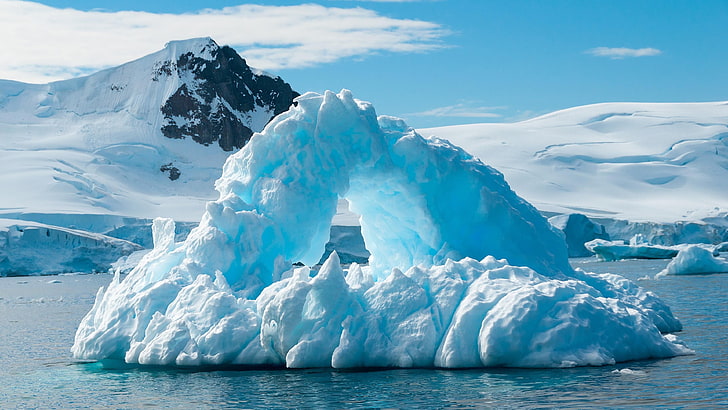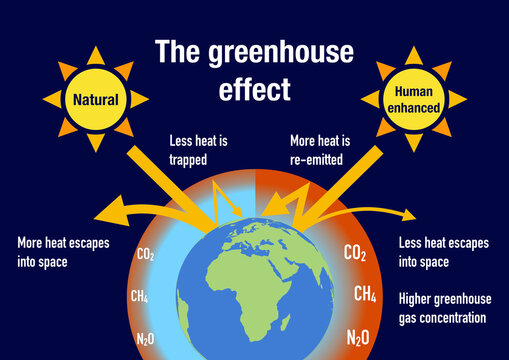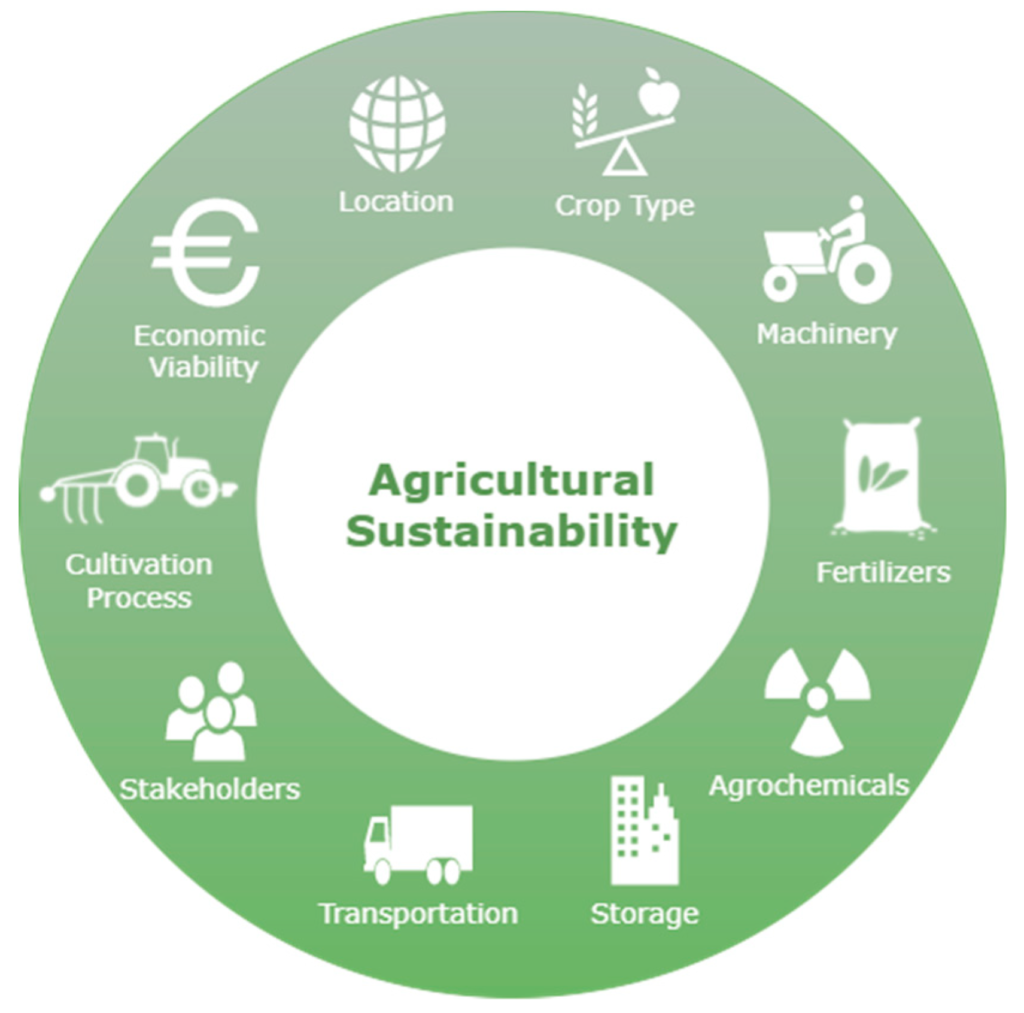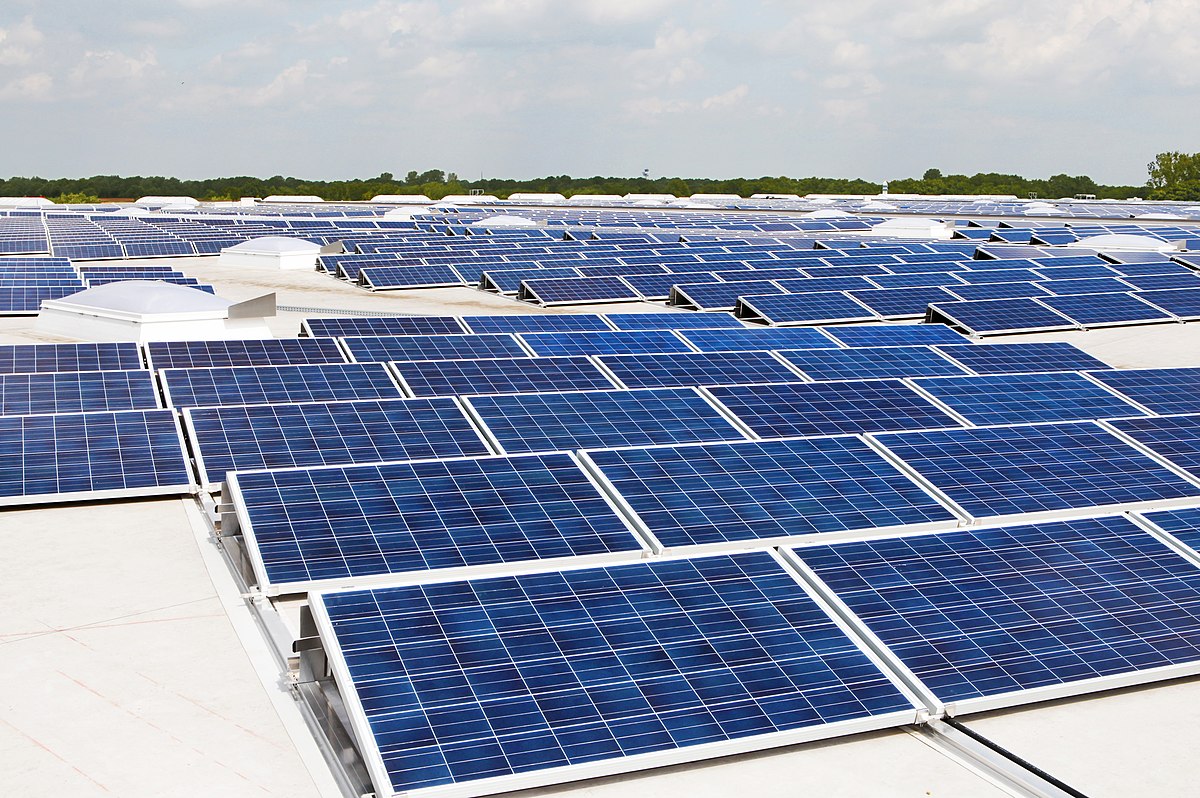Unveiling the Evidences of Global Warming: 6 Overwhelming Insights from a Comprehensive Analysis
Introduction:
The Evidences of global warming have become increasingly apparent, casting a shadow over the planet’s future.
This article conducts a thorough examination, presenting six compelling evidences that shed light on the reality of climate change, its repercussions, and the pressing need for immediate action.
1. Rising Temperatures: A pivotal indicator of global warming lies in the persistent rise of global temperatures.
A decade-by-decade analysis reveals an alarming upward trajectory, emphasizing the critical need to address the root causes of climate change.
2. Melting Ice Caps and Glaciers: Satellite imagery and on-site studies underscore the concerning retreat of ice caps and glaciers across the globe.

Particularly in the Arctic, unprecedented ice melt contributes to rising sea levels, posing imminent threats to ecosystems and coastal communities.
3. Extreme Weather Patterns: The surge in frequency and intensity of extreme weather events, including hurricanes, droughts, and wildfires, aligns with climate change predictions.
These patterns have far-reaching consequences, impacting both human populations and delicate ecosystems.
4. Sea Level Rise: Global warming induces the melting of polar ice, resulting in a rise in sea levels.
Coastal regions now grapple with increased flooding, saltwater intrusion, and the imminent loss of land. This phenomenon poses a substantial risk to millions living in low-lying areas.
5. Greenhouse Gas Emissions: Human activities, particularly the burning of fossil fuels, have significantly elevated greenhouse gas concentrations in the atmosphere.
Carbon dioxide, methane, and other pollutants contribute to the greenhouse effect, intensifying the warming of the planet.
6. Scientific Consensus: The scientific community is united in its stance on the existence and causes of global warming.
A multitude of studies, reports, and assessments from reputable institutions supports the conclusion that human activities are the primary drivers of climate change.
The evidences of global warming are irrefutable, demanding immediate, collective efforts to mitigate its impacts.
This article has delved into six key indicators, from rising temperatures to extreme weather events, emphasizing the urgency of addressing climate change.
Unveiling the Early Warnings: When Humans First Grasped the Dangers and Evidences of Global Warming
A commitment to sustainable practices and environmental responsibility is imperative for a resilient and habitable future.
The awareness of global warming and its potential dangers didn’t manifest overnight. This article traces the historical timeline.
Examining the pivotal moments when humanity first began to comprehend the ominous threat posed by climate change.
The awareness of global warming and its potential dangers didn’t manifest overnight. This article traces the historical timeline.
Examining the pivotal moments when humanity first began to comprehend the ominous threat posed by climate change.
1. The Early Scientific Indicators (19th Century): In the 19th century, scientists began to observe changes in the Earth’s climate.
Pioneering minds like John Tyndall and Svante Arrhenius explored the idea that certain gases, like carbon dioxide, could trap heat in the atmosphere, laying the groundwork for understanding the greenhouse effect.

2. The Keeling Curve (1958): Charles David Keeling’s meticulous measurements of atmospheric carbon dioxide levels at the Mauna Loa Observatory in Hawaii provided a striking visual representation of the steady increase in CO2 concentrations.
This iconic Keeling Curve became a pivotal tool in illustrating the link between human activities and rising greenhouse gas levels.
3. The First Earth Day (1970): The inaugural Earth Day in 1970 marked a turning point in public awareness.
Environmental concerns, including pollution and the impact of human activities on the planet, became central to global discussions.
This event catalyzed the environmental movement and highlighted the interconnectedness of human actions and the Earth’s health.
4. Intergovernmental Panel on Climate Change (IPCC) (1988): The establishment of the IPCC in 1988 brought together scientists and policymakers to assess and communicate the risks of climate change.

Their reports, which continue to be influential, emphasized the human influence on the climate and projected potential consequences if significant actions were not taken.
5. Rio Earth Summit (1992): The United Nations Conference on Environment and Development, also known as the Earth Summit, marked a crucial moment when world leaders acknowledged the need for concerted global action on climate change. The summit laid the groundwork for subsequent international agreements aimed at addressing environmental challenges.
6. Kyoto Protocol (1997) and Paris Agreement (2015): The Kyoto Protocol marked a milestone as the first legally binding international treaty to reduce greenhouse gas emissions.
The Paris Agreement, adopted in 2015, built upon this foundation, outlining a global framework for limiting global warming and adapting to its impacts.
The dangers of global warming gradually crystallized in the collective human consciousness over the course of centuries.
From early scientific observations to landmark international agreements.
Humanity’s evolving understanding of climate change underscores the need for ongoing vigilance and collaborative efforts to address this pressing global issue.
Nurturing a Cooler Planet: Effective Ways to Reduce the Evidences of Global Warming
As the impacts of global warming intensify, the need for collective action to mitigate climate change becomes more urgent.
This article explores practical and impactful strategies that individuals, communities, and nations can adopt to actively contribute to reducing the evidences of global warming.
1. Climate-Friendly Energy Sources: Transitioning to renewable energy sources such as solar, wind, and hydropower can significantly reduce greenhouse gas emissions.
Governments and individuals alike can invest in and support clean energy initiatives to accelerate this transition.
2. Carbon Footprint Reduction: Conscious efforts to reduce individual carbon footprints, such as using energy-efficient appliances.

Minimizing water waste, and adopting sustainable lifestyle practices, contribute to the overall reduction of greenhouse gas emissions.
3. Afforestation and Reforestation: Planting trees and preserving existing forests play a crucial role in sequestering carbon dioxide.
Afforestation (planting trees in areas where there were none) and reforestation (replanting in deforested areas) are effective strategies to enhance carbon capture.
4. Sustainable Transportation: Shifting towards sustainable transportation options, including electric vehicles, public transit, biking, and walking.
Can significantly reduce the emissions associated with traditional fossil fuel-based transportation.
5. Waste Reduction and Recycling: Efforts to reduce, reuse, and recycle waste contribute to lowering greenhouse gas emissions associated with the production and disposal of goods.
Waste reduction practices also promote a circular economy and reduces evidence of global warming
6. Energy Efficiency Measures: Improving the energy efficiency of buildings, industries, and infrastructure reduces overall energy consumption and, consequently, greenhouse gas emissions.
Simple measures like better insulation and energy-efficient appliances can make a substantial impact.
7. Advocacy for Climate Policies: Individuals and communities can actively support and advocate for policies that address climate change.
This includes endorsing renewable energy incentives, emission reduction regulations, and sustainable practices in both public and private sectors.

8. Sustainable Agriculture Practices: Promoting sustainable agriculture, including organic farming, agroecology, and precision farming.
Can help reduce the environmental impact of food production and enhance the resilience of agricultural systems to climate change.
9. Water Conservation: Efficient water use and conservation contribute to the resilience of ecosystems and help mitigate the impacts of global warming.
Simple practices like fixing leaks, using water-saving appliances, and promoting responsible water use can make a difference.
10. Individual and Collective Responsibility: Recognizing the shared responsibility for the planet’s health is fundamental. Individuals, communities, businesses, and governments must work together to address climate change.
Each small action collectively contributes to a significant impact on evidences of global warming.
Reducing the evidences of global warming requires a multifaceted and collaborative approach.
By implementing sustainable practices, supporting clean energy initiatives, and advocating for policies that prioritize the environment.
Individuals and communities can actively contribute to creating a more resilient and sustainable future for our planet.
Exploring Investment Opportunities in the Face of Global Warming Challenges
While global warming poses significant challenges, it also opens doors to innovative solutions and opportunities for investors.
This article explores the burgeoning sectors and investment avenues that have emerged as a response to the climate crisis.
Providing a glimpse into a future where sustainable practices align with profitable ventures.
1. Green Technologies and Renewable Energy: Investments in green technologies, such as solar and wind power, have gained momentum.
Companies involved in renewable energy projects, from solar panel manufacturers to wind farm developers, present opportunities for long-term, sustainable returns.
2. Carbon Offset Markets: As corporations seek to reduce their carbon footprint, the demand for carbon offset credits has surged.
Investing in projects that generate carbon credits, such as reforestation initiatives or renewable energy projects, can yield returns while contributing to environmental goals.

3. ESG Investment. Environmental, Social, and Governance (ESG) investing focuses on companies that prioritize sustainability and ethical practices.
Investors can choose ESG funds or individual stocks aligned with environmentally responsible business practices.
4. Climate Resilience Ventures: Investing in businesses that offer solutions to adapt and thrive in the face of climate change is a growing trend.
This includes companies developing resilient infrastructure, water management technologies, and climate-resilient agriculture practices.
5. Sustainable Agriculture Investments: Agriculture is both impacted by and contributes to climate change.
Investments in sustainable agriculture, precision farming, and agroecology present opportunities to support environmentally conscious practices while tapping into a growing market.
6. Clean Transportation Stocks: The shift towards electric vehicles and sustainable transportation solutions has created investment opportunities in companies involved in the development and manufacturing of electric cars.
Charging infrastructure, and other clean transportation technologies.
7. Circular Economy Opportunities: Investing in companies that promote a circular economy, where resources are recycled and reused.
Can be financially rewarding while addressing the environmental challenges posed by traditional linear economies.
8. Water Management and Conservation: As water scarcity becomes a pressing issue, investments in companies specializing in water management.
Purification technologies, and conservation efforts offer avenues for both environmental impact and financial growth.
While global warming presents challenges, it also opens doors for innovative and forward-thinking investors.
By directing funds towards sustainable and climate-resilient solutions, investors can not only contribute to the fight against climate change.
But also position themselves for potential long-term financial success.
As the world continues to prioritize sustainability, these investment opportunities are poised to play a crucial role in shaping a more resilient and environmentally conscious future.
Driving Change: Sustainable Transportation as a Key Solution to Reduce Evidences of Global Warming
As the world grapples with the challenges of climate change, reimagining how we move is pivotal.
Here, this article explores the transformative impact of sustainable transportation on reducing the evidences of global warming.
Highlighting innovative solutions that can steer us towards a more environmentally conscious future.
The widespread adoption of electric vehicles is a game-changer in the quest for sustainable transportation.
EVs produce fewer emissions compared to traditional vehicles, contributing significantly to the reduction of greenhouse gases in the atmosphere.
Efficient and well-connected public transportation systems play a crucial role in reducing individual reliance on private vehicles.
Investing in reliable buses, trains, and other forms of mass transit helps decrease overall carbon emissions associated with commuting.
Encouraging walking and cycling as viable modes of transportation not only promotes physical well-being but also reduces the carbon footprint.
Cities that prioritize pedestrian-friendly infrastructure and cycling lanes contribute to cleaner air and decreased traffic emissions.
Designing cities with sustainability in mind involves creating walkable neighborhoods, integrating public transit networks, and promoting mixed-use development.
Green urban planning contributes to reduced car dependency and lowers the overall environmental impact of transportation.
Pooling resources through carpooling and ride-sharing initiatives maximizes vehicle occupancy, reducing the number of individual trips and lowering emissions per passenger.
Technology-driven platforms have made such practices more accessible and convenient.
Investing in bike-friendly infrastructure, including dedicated lanes and secure parking, encourages the use of bicycles for short-distance commuting.
Biking is not only an eco-friendly mode of transport but also promotes a healthier lifestyle.

While air travel remains a significant contributor to carbon emissions, innovations in sustainable aviation.
Such as the development of electric and hybrid aircraft, as well as the use of biofuels, show promise in reducing the environmental impact of flying.
Governments play a crucial role in shaping sustainable transportation.
Implementing policies that incentivize the use of electric vehicles, invest in public transit.
And promote eco-friendly urban planning can accelerate the transition towards greener transportation alternatives.
Leveraging technology for smart transportation systems, including real-time traffic management.
Route optimization, and intelligent infrastructure, enhances overall transportation efficiency and minimizes unnecessary emissions.
Raising awareness about the environmental impact of transportation choices is essential.
Educating consumers about the benefits of sustainable transportation options empowers them to make eco-conscious decisions in their daily lives.
Sustainable transportation stands as a powerful catalyst in the fight against global warming.
Embracing electric vehicles, improving public transit, fostering active transportation, and implementing green urban planning are vital steps towards a cleaner, more sustainable future.
By prioritizing sustainable transportation solutions, we can collectively drive change and pave the way for a greener, more resilient planet.
In the intricate tapestry of our planet’s existence, the evidence of global warming weaves a narrative that demands our immediate attention, respect, and decisive action.

As we delve into the aftermath of a comprehensive analysis, six overarching insights emerge, each carrying the weight of urgency.
The gravity of consequence, and the spark of potential redemption.
The unrelenting surge in global temperatures, meticulously charted through decades, is a relentless drumbeat warning us of an Earth pushed to the brink.
It is a wake-up call that resonates not only in the scientific community but reverberates through the very ecosystems we depend upon.
The evidence is not just in the data points; it is in the parched lands, the shrinking glaciers, and the blistering heatwaves that punctuate our calendars.
The visual testimony of melting ice caps and retreating glaciers is more than a cinematic spectacle of nature’s transformation.
It is a stark visual representation of the consequences of our actions, a chilling reminder that the frozen sentinels of our planet are succumbing to the relentless warmth we have unleashed.
Nature’s fury, once held in balance, now surges forth with an unpredictable rage.
The increasing frequency and ferocity of hurricanes, droughts, and wildfires paint a vivid portrait of a planet in distress.
It is no longer a matter of mere inconvenience but a testament to the disruption of delicate ecological harmony.
The inexorable rise of sea levels, fueled by the melting ice and the expanding warmth, is not just a coastal concern.
It is a tidal wave of consequence threatening to reshape our maps, inundate our communities, and redefine the very essence of our existence in the landscapes we call home.
The fingerprint of humanity is etched in the rising concentrations of greenhouse gases.
The evidence lies not only in the plumes of smoke rising from industrial chimneys but in the collective sigh of a planet burdened by the weight of excess carbon.
Our pursuit of progress, if unchecked, becomes the shackles that bind us to an uncertain fate.
In the symphony of discordant voices that sometimes clouds our understanding, the scientific consensus stands as a unifying crescendo.
The evidence, painstakingly compiled by minds dedicated to truth, resonates in the echo chamber of laboratories and research institutions.
The debate is not whether global warming exists, but how swiftly we can marshal our forces to confront it.
In the face of these overwhelming insights, the call to action is not a distant whisper; it is a resounding clarion that demands a response commensurate with the scale of the challenge.
It is an invitation to reshape our narratives, to transcend the limitations of short-sighted interests.
And to embrace a collective responsibility that transcends borders, ideologies, and affiliations.
The evidence of global warming is not a prophecy of doom but a challenge to our ingenuity, a canvas upon which we can paint a different future.
It compels us to innovate, to invest, and to inspire change.
The narrative is not predetermined; it is still being written with each conscious decision we make, each policy we shape, and each step we take towards a sustainable future.
As we unveil these evidences, let it be a catalyst for a profound shift in our collective consciousness.
Let it spark conversations that transcend political divides, mobilize communities, and inspire the leaders of today and tomorrow.
In our hands rests the power to alter the trajectory of this narrative.
To tilt the scales towards a future where the overwhelming evidence of global warming becomes a testament to our resilience, our wisdom, and our unwavering commitment to a planet that sustains us all.





Leave a Reply